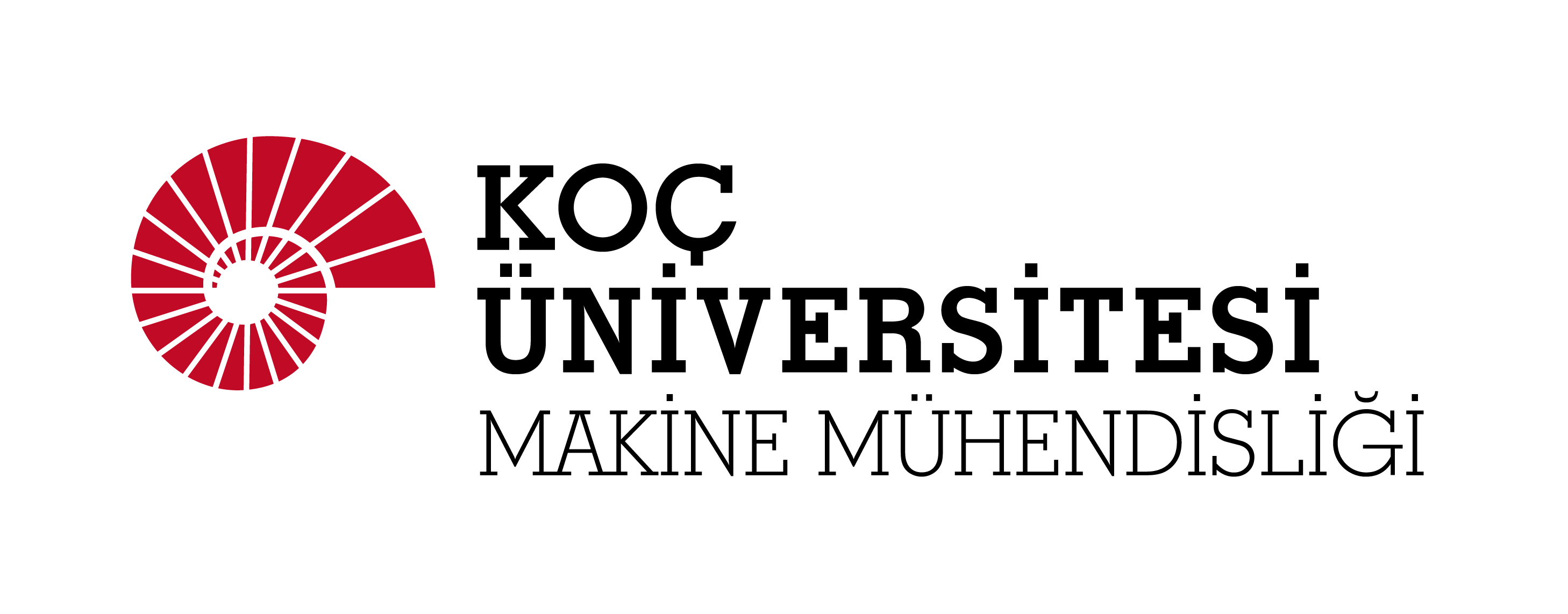MECHANICAL ENGINEERING MS THESIS DEFENSE BY BARTU FAZLA
Title: Effects of Kinematic Hardening of Mucus Polymers in an Airway Closure Model
Speaker: Bartu Fazla
Time: July 19, 2023, 13.00
Place: Hybrid Meeting
Thesis Committee Members:
Prof. Dr. Metin Muradoğlu (Advisor, Koç University)
Assoc. Prof. Savaş Taşoğlu (Koç University)
Assoc. Prof. Ayşe Gül Güngör (Istanbul Technical University)
Abstract:
Formation of a liquid plug inside an airway of a human lung, known as airway closure, is numerically studied by considering the elastoviscoplastic (EVP) properties of the pulmonary mucus covering the airway walls. The airway is modeled as a rigid tube with a single layer of liquid coating its wall. As the model for the liquid layer, the Saramito-Herschel-Bulkley (Saramito-HB) model is coupled with the Isotropic Kinematic Hardening model (Saramito-HB-IKH). The aim of the study is to examine the kinematic hardening features of mucus and evaluate its effects on the airway closure process. The rheological model is fitted to the experimental mucus data under healthy, asthma, chronic obstructive pulmonary disease (COPD) and cystic fibrosis (CF) conditions. Comparing the fitting results for both models with respect to the experimental data, the Saramito-HB-IKH model is shown to be superior to the Saramito-HB model, especially in terms of capturing the loss moduli under low strain amplitude region of a constant frequency sweep test. Using the mucus parameters acquired through the fitting process, airway closure is simulated with varying conditions of the initial undisturbed liquid layer thickness and the Laplace number. The evolution of the effective yield stress, which is a dynamically evolving yield stress introduced in the kinematic hardening model, is examined throughout the closure process. The parameter is observed to accumulate more rapidly for the CF case compared to the other cases. Yielded regions of the liquid layer and the stresses on the airway wall are similarly examined. Yielding occurs immediately for the Saramito-HB-IKH model, whereas it commences near closure for the Saramito-HB model. Comparing the wall stresses between two models, kinematic hardening is seen to have notable effect on the closure time, especially for the CF case, with the effect being more pronounced for low Laplace number and low initial liquid layer thickness conditions. The Saramito-HB-IKH model also captures closure behavior for high elastic modulus cases of COPD and CF under conditions which Saramito-HB model is unable to. The sensitivity of the results to the initial condition of the effective yield stress is evaluated, and it is determined that closure is delayed as the initial value increases. The study additionally reports the effects of individual mucus parameters on the wall stresses and closure time. The elastic modulus is found to influence the closure time and the magnitudes of the stresses and their gradients. The polymeric viscosity particularly affects the relaxation of stresses after closure. The yield stress is revealed to have an important factor in determining the closure time. However, its effects are understood to be case dependent and contingent on the initial liquid layer thickness and Laplace number.
